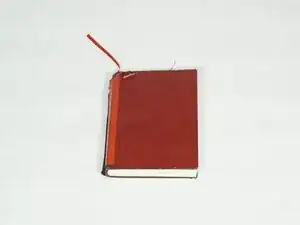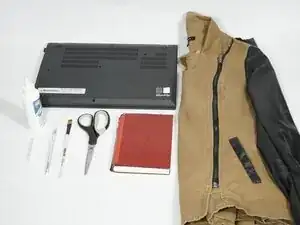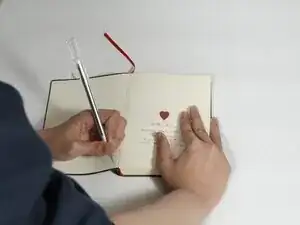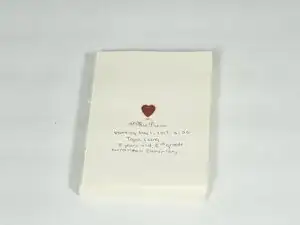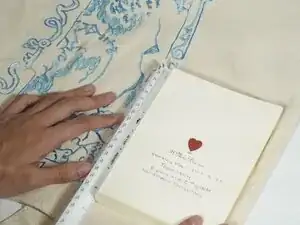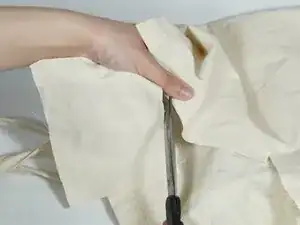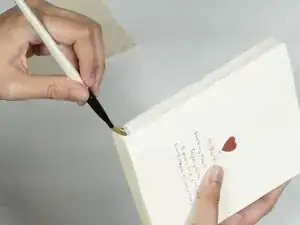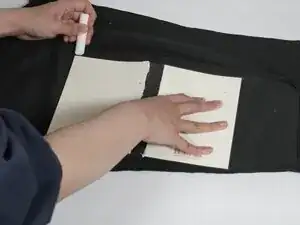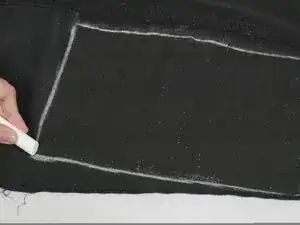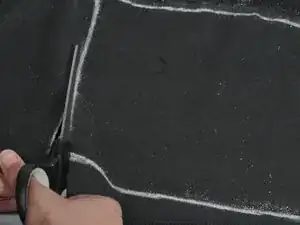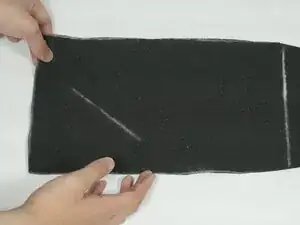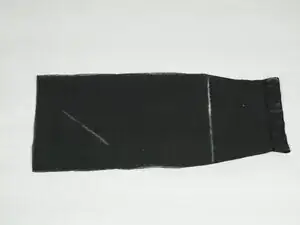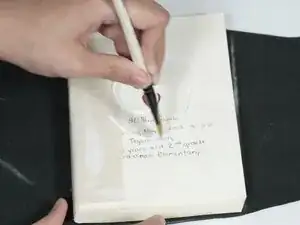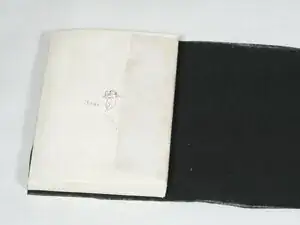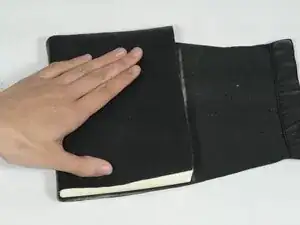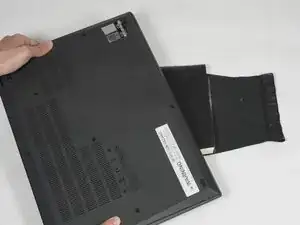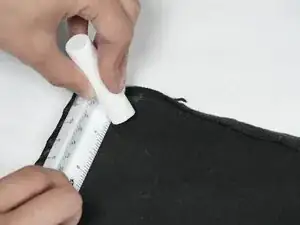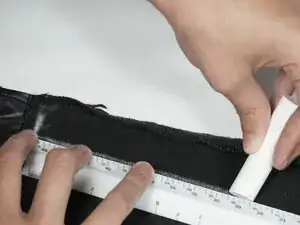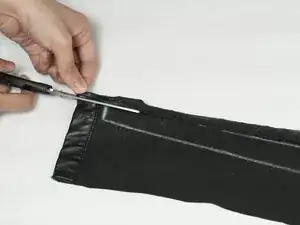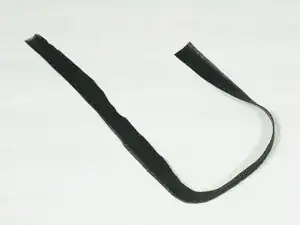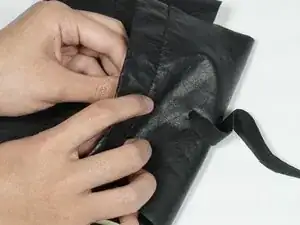Introduction
Use this guide to replace the cover of a soft leather journal.
You will cut off the old cover, reinforce the spine, and glue new leather on. This material can be thrifted for cost efficiency.
Journals hold sentimental value. However, when they fall apart—especially if the leather crumbles and causes a mess—users tend to abandon them only half-filled. This is especially wasteful when the journal or pages are of good quality. Quick fixes like electrical tape can be unsightly and unsustainable (due to peeling and frequent replacing).
When attaching the new cover, you will glue it directly to the front and back sheets of the journal. Take a picture if you want to preserve its contents.
Tools
Parts
-
-
Gather your old journal, required tools and parts, and a large item that can be used as a weight.
-
-
-
Cut the cover and spine off from the main journal body with an X-ACTO knife.
-
Keep the main block of pages intact.
-
-
-
Create the spine reinforcement:
-
Measure the height and width of the journal's spine onto your stiff fabric.
-
Subtract one inch from your height, and add two inches to your width.
-
-
-
Apply a thin layer of PVA glue to the spine of the journal with a paintbrush.
-
Press the spine firmly into the center of the stiff fabric for one minute.
-
-
-
Create the new cover:
-
Press the original cover flat onto the interior of your scrap leather.
-
Trace around the original cover with chalk.
-
-
-
Cut on the chalk outline with scissors, extending the length beyond the right side by four inches.
-
-
-
Left align the journal (front-side down) onto the interior of your new cover, spine facing towards the center.
-
Gently roll the journal onto its back sheet until it meets the chalk line.
-
Place a weight on top of the journal for at least 30 minutes.
-
-
-
Create the string closure:
-
Trace an 18-inch long by half-inch tall rectangle onto the interior of your excess scrap leather.
-
-
-
Cut two, half-inch tall vertical slits into the front flap of the new cover. Center them with one inch between each slit.
-
-
-
Thread the string closure through the slits so that the ends sit on top of the cover flap.
-
Pull until two inches remain on the left side.
-
Gently tie the journal closed.
-

